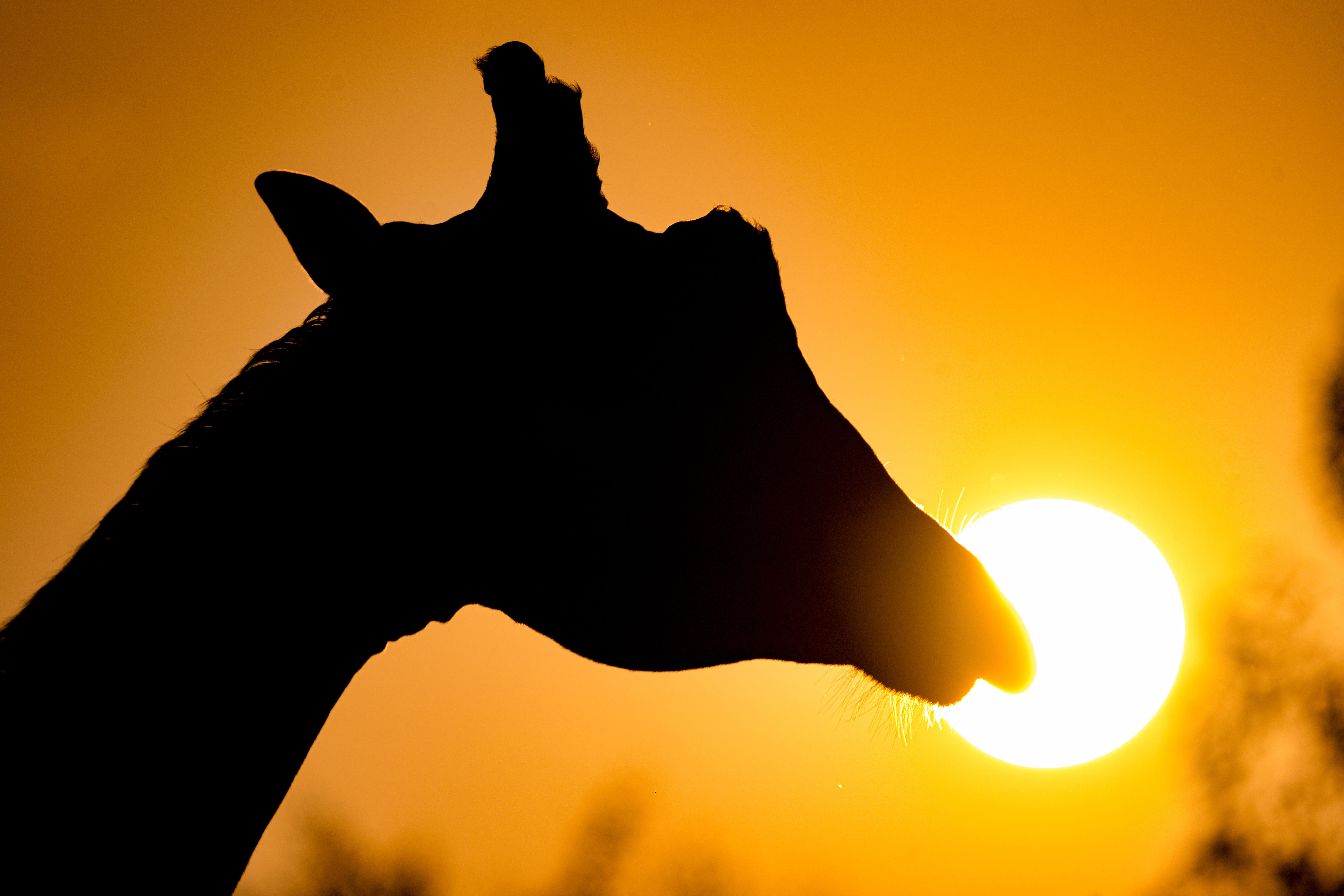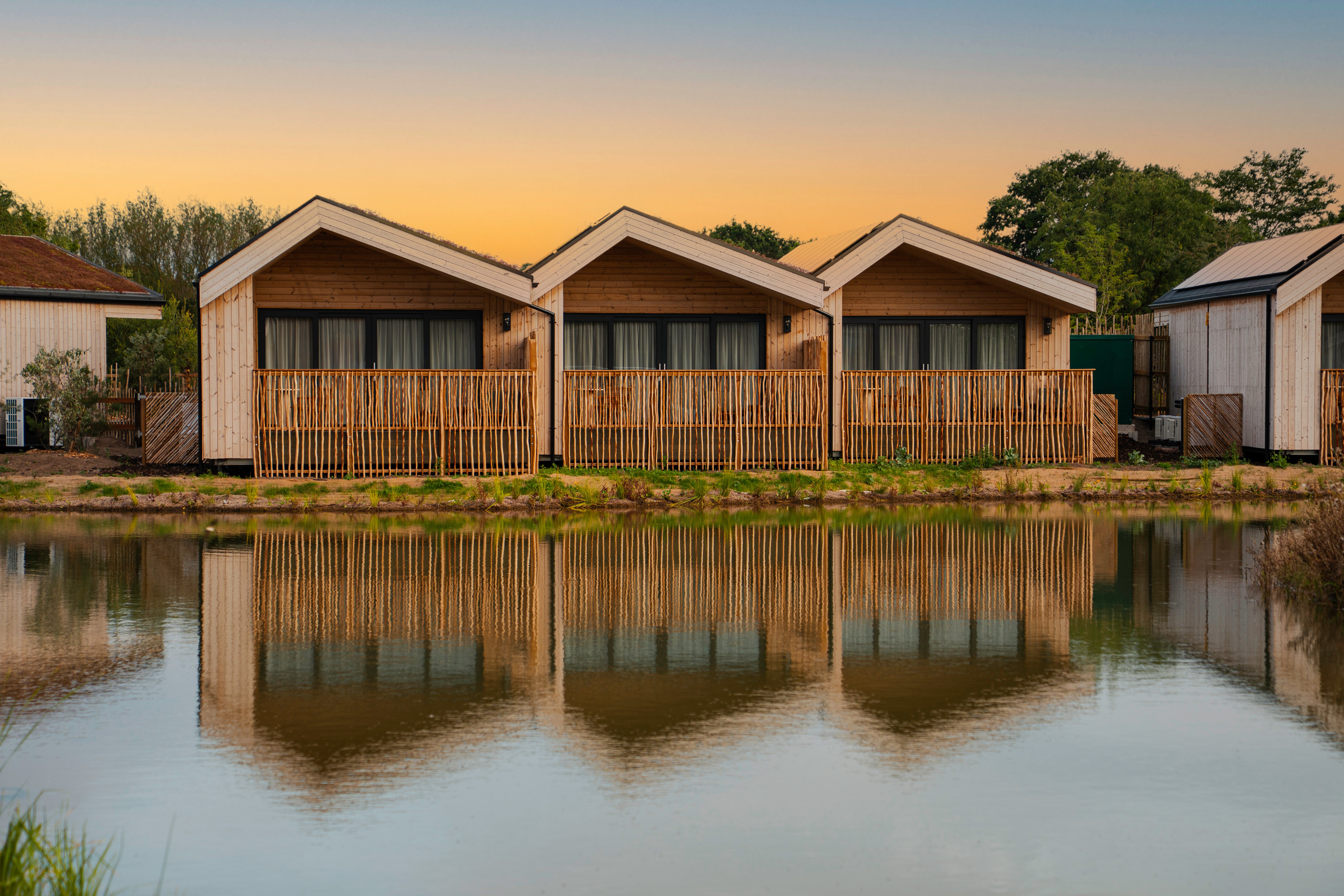I stand mesmerised, camera poised and heart full, as a giant grey tongue winds its way out of the metal fence, around the foliage ball and into some juicy green leaves.
Orla the giraffe is less than a metre away from us, and we’re some of the lucky few on a Giraffe Keeper Kitchen experience. I’m at Chester Zoo with my family – husband James, Rosie, 16, and Poppy, 13.
And if you thought zoos were for younger children, Chester has taken it to the next level by introducing luxury safari-style lodges. As well as overnighters and fancy meals, visitors can take part in exclusive activities only available to those staying in The Reserve.
“Abieber’s not welcome tonight,” Hannah, one of the assistant team leaders tells us. She’s been watching the overnight footage of the new giraffe “lad pad”. It’s home to three-year-old Stanley and his dad, Meru, but they’re also trialling having zebra, ostrich and roan antelopes in the mix.
“Last night, Abieber – the zebra – kicked the giraffes out of bed at 2am,” she says, leading us into the ‘backstage’ area normally reserved for staff. “And Meru got less than an hour’s sleep.”

Hannah regales tales of the zebra waking the giraffes in the early hours, startling and causing them to jump up, then taking their bed like a cackling naughty sibling. Meru needs four hours’ rest a night, ideally, so Abieber’s off to the naughty corner.
Rosie and Poppy pull on blue plastic gloves and fill up the giraffes’ food boxes with pellets, while Hannah plucks bags of ‘maltesers’ from the ‘poo freezer’. She reveals she knows each and every giraffe by its poo, and the frozen nuggets can reveal pregnancy, as well as stress – something they’re keeping an eye on now the boys have moved into their bachelor pad.
The giraffe enclosure is part of the new Heart of Africa area within the zoo – 22 acres showcasing 57 different species. It’s available to all zoo visitors, but anyone staying at The Reserve can access it via a secret passageway an hour before anyone else is allowed in. They can also attend after hours, and wear night-vision goggles to seek out hiding animals.

Click Here to Read the Full Original Article at The Independent Travel…
